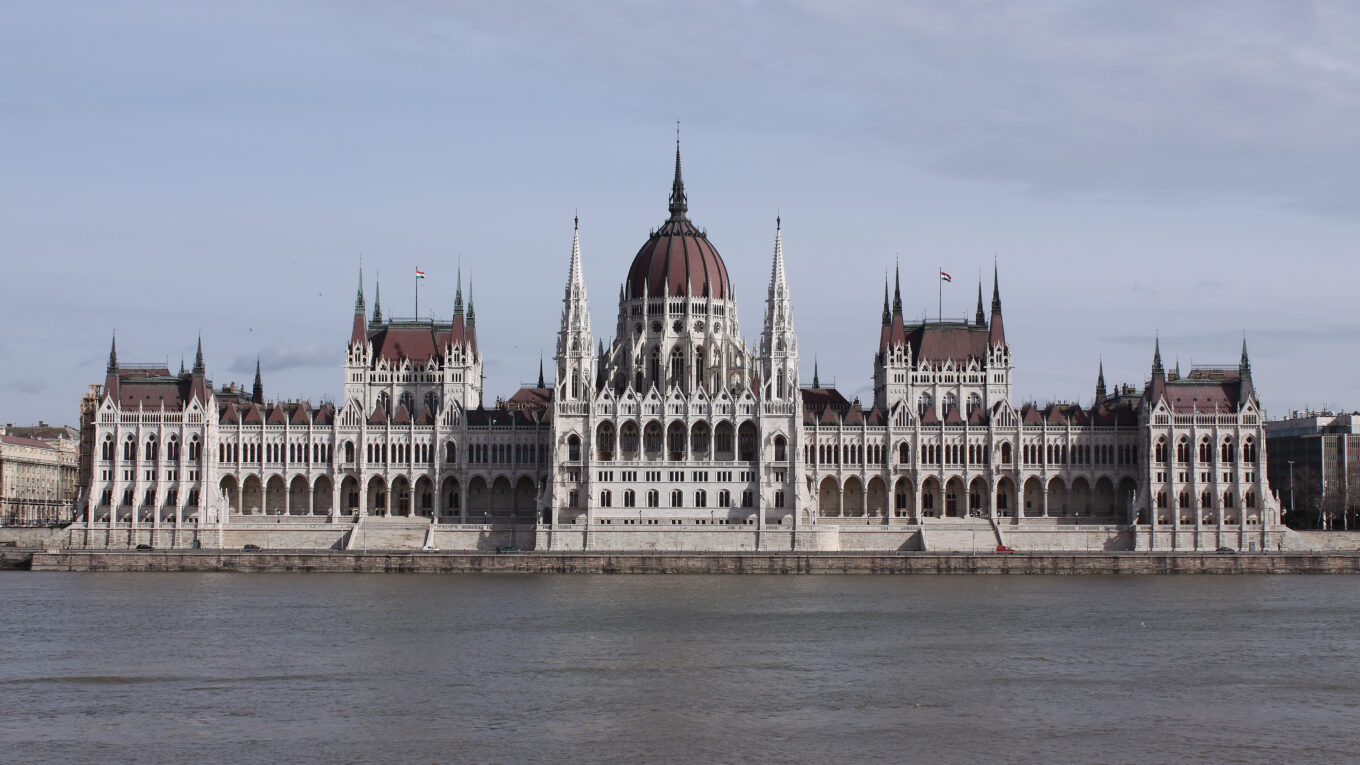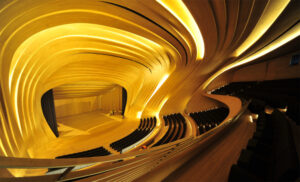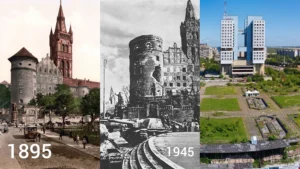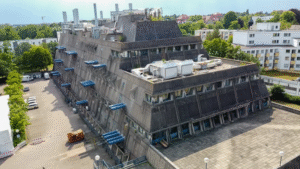The Style That Took Over the World: An Introduction
Most people think of Gothic architecture when they see the tall spires of Notre-Dame in Paris or the detailed facade of Milan Cathedral. From the 12th to the 16th centuries, these great works of art from medieval Europe set the style. They focused on verticality, light, and new ways to build things.
The tale of Gothic, though, didn’t finish in the Middle Ages.
The Gothic Revival Architecture trend, also known as Neo-Gothic, came back in the 18th century and spread over the world. It wasn’t only a style of design; it became a way for people in places far from its French and English roots to express their national identity, religious differences, and cultural romance.
This tour skips the well-known European classics to show off the most beautiful and surprising Neo-Gothic buildings ever built. These buildings show that Gothic is a style that can be found all over the world, from the frigid steppes of Russia to the center of New York City and the ruins of medieval Prussia.
The Eastern Frontier: The Russian Gothic Paradox
A “Russian Gothic” idea feels like a contradiction. Eastern Orthodox is the main religion in Russia. This religion usually prefers centralized, onion-domed cathedrals, which is very different from the Western Gothic style, which needs vast, nave-centered interiors. But throughout the 19th and early 20th centuries, the Russian Gothic Revival was a bizarre but magnificent cultural experiment that thrived.
The Orthodox Compromise
Russian architects had a unique problem: how to combine the lengthy Western Gothic plan—where the worshipper’s view moves toward a distant western altar—into the Orthodox liturgical needs for a centered, less linear space.
Architectural historians and bloggers in 2025 are now interested in these one-of-a-kind architectural hybrids that came about because of this compromise. They are strong signs of how complicated Russia’s relationship with Western culture and ideas is.
Secret Treasures of the Provinces
The Moscow Kremlin has some interesting things to see, but the best stories are in the provinces:
Ramon (Voronezh Region) is home to the Palace of Princess Oldenburg
This estate, which was built in the 1880s, is a perfect example of English Neo-Gothic fantasy set in a Russian environment. It shows how the style became a trendy aristocratic whim that had nothing to do with its religious roots.
The Church of the Sign in Veshalovka (Lipetsk Region)
This provincial church shows how the style expanded and mingled with local customs, creating a unique blend that captures the era’s romantic exoticism.
The lasting appeal of Russian Gothic Revival is its link to the “demand for verticality,” which is a strong symbol of government power and spiritual aspiration that still shapes Russian architecture today.
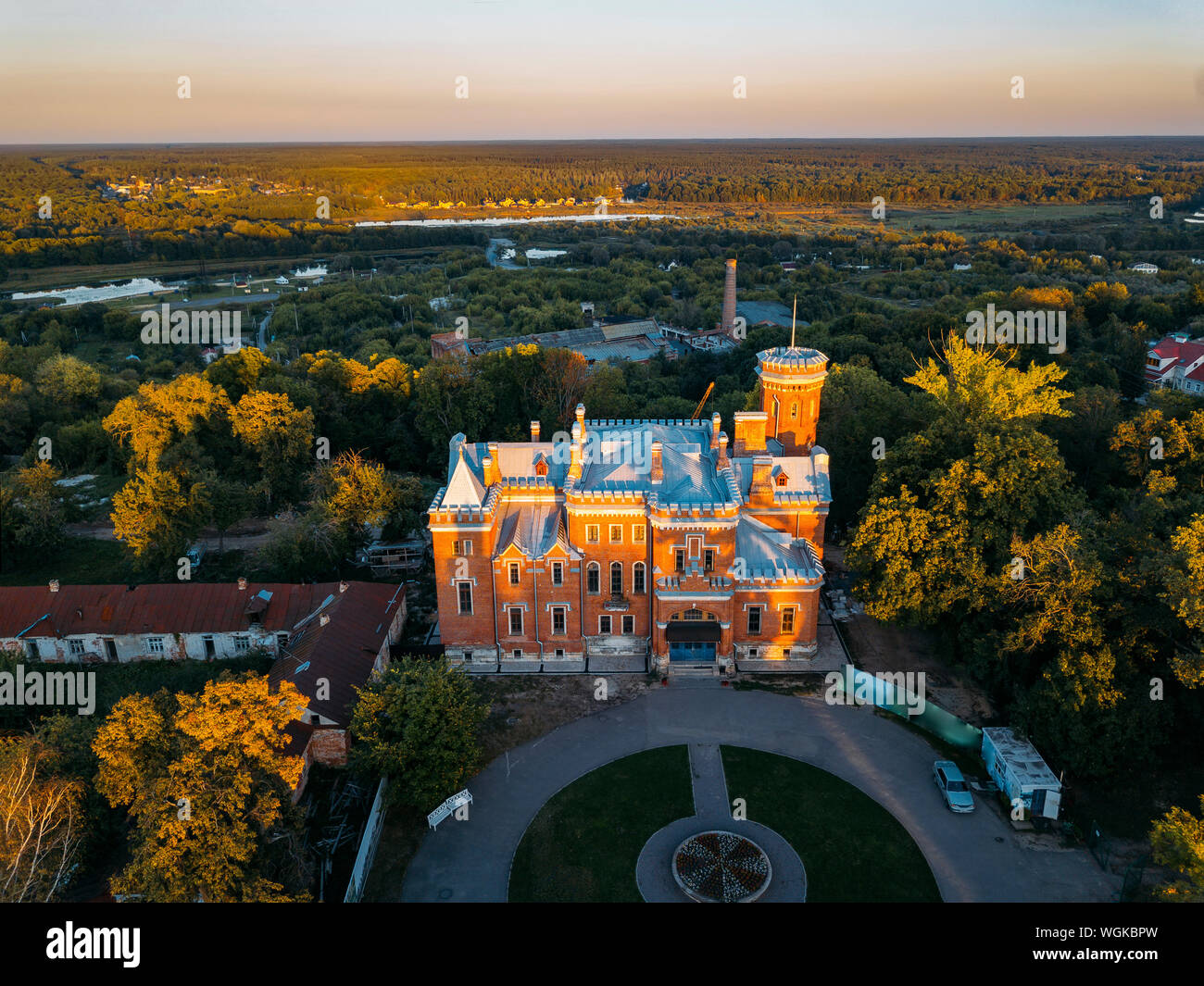
The Baltic Legacy: Brick Gothic and the Debate Over Restoration
We are going to the Baltics next, specifically the Kaliningrad Oblast, which used to be the East Prussian capital of Königsberg. There, we will look at a distinct style of Gothic: Brick Gothic (or Backsteingotik in German). The medieval architecture of the Hanseatic League and the Teutonic Order across the Baltic Sea region is known for using local clay bricks instead of carved stone.
Königsberg Cathedral: A Monument That Lives Again
The Königsberg Cathedral, a huge Brick Gothic-style building on Kneiphof Island, is the best-preserved example. It was finished in 1380 and is a good example of the North German/Baltic Gothic style.
In the 21st century, the tale of the cathedral is one of strong debate and preservation. It’s a fight between new ideas and old ones that makes people question what it means for architecture to be real. After being badly damaged in World War II, its current restoration includes carefully combining traditional craftsmanship with modern technologies to bring these German Gothic gems back to life.
The Message as the Material
Brick Gothic looks different from other styles. The architects used the stone itself as adornment because they didn’t have the money for fancy carvings. They made complex patterns and decorations by using red bricks, glazed bricks, and white lime plaster together. This is a distinctive and sometimes overlooked part of the global Gothic style.

Königsberg Cathedral
Global Gothic: The Americas and More
The Neo-Gothic movement had a big impact in the New World as well, because people thought the style represented more honest and pure design ideas.
Famous North Americans
The Gothic Revival Houses of Parliament in London are famous all over the world, but North America has several beautiful specimens that took the style to a society that was becoming more industrialized:
St. Patrick’s Cathedral in New York City is a beautiful building that shows how popular the style is in the US. It combines classic features like pointed arches and decorative façade with a modern city grid.
The University Gothic Movement
Many of the most prestigious university campuses in the US and Canada embraced the Gothic Revival style (Collegiate Gothic) to convey a feeling of history, magnificence, and academic rigor, demonstrating the style’s utilization for secular and intellectual objectives.
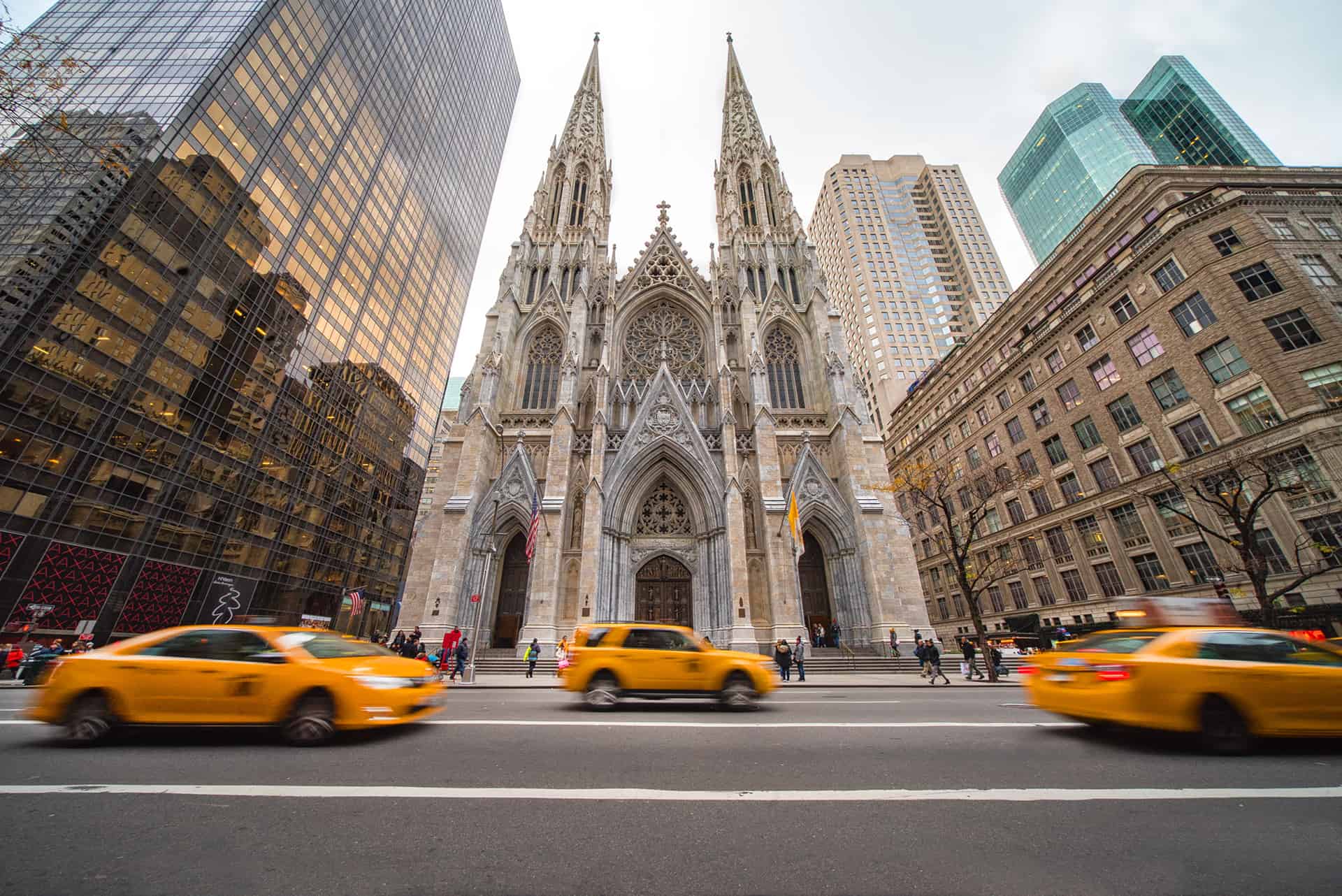
St. Patrick’s Cathedral in New York City
New Gothic Stories
In 2025, architectural blogs will go beyond the obvious examples from North America to look at adaptations from other parts of the world that show a global reach:
Gothic in Central Africa
You may see the style’s impact in locations like the Notre Dame Cathedral in Bangui, Central African Republic. These buildings are a local version of French architecture that uses local materials and weather to adapt the high European design principles, resulting in interesting hybrid styles.

Notre Dame Cathedral. Bangui, Credit: mbrand85/Shutterstock
The Lasting Legacy of Verticality
Why do we still love Gothic Revival Architecture?
It’s not only about how it looks; it’s also about how it works. Neo-Gothic architects in both New York and St. Petersburg used ideas from the Middle Ages, like the pointed arch, the ribbed vault, and the flying buttress. The purpose of these parts was to make something vertical. They let buildings reach the sky, which made the inside of the buildings feel spiritual and otherworldly.
This focus on verticality is still going strong in the current world. The same ideas that made it possible for a church in the 14th century to reach incredible heights are also used to build today’s crystalline skyscrapers (Source 3.4). The Gothic style is still brilliant because it can easily combine complicated shapes, structural logic, and deep emotional impact.
The Neo-Gothic World Tour shows that this style from the past is still very much alive. It is still a tremendous force—a living, changing language that architects all over the world use to communicate who they are, what they believe, and their desire to reach the sky.
Reference
Gothic Architecture: Key Characteristics, History, & Examples 2025
10 Most Famous Gothic Architecture Buildings – Artst
For more blogs CLICK HERE!!

